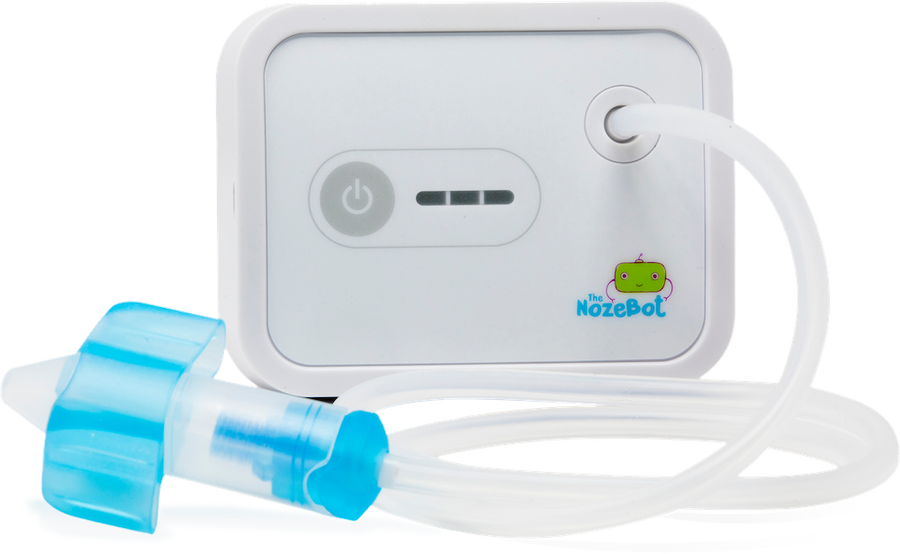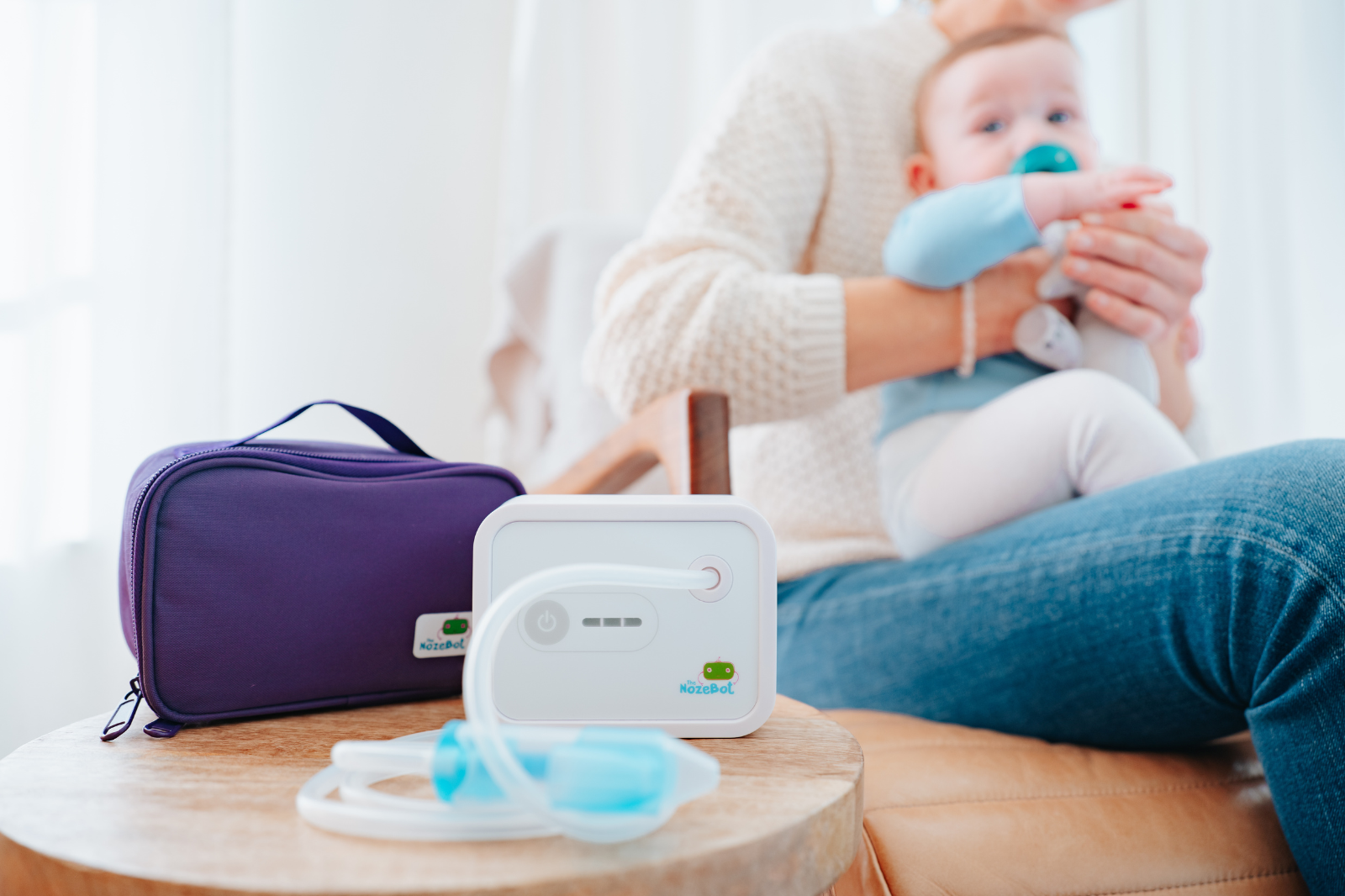Guest Post By Genevieve Kane, MSN, RN
Sore throats are inevitable in kids. Older siblings, daycare, school, and other social activities are all places for germ sharing. So, whether the cause is strep throat or a virus, chances are high that your child will experience several sore throats over their lifetime.
However, if your little one has a sore throat, you may wonder if strep throat is to blame. Strep throat causes an especially painful sore throat, often making eating and drinking challenging for your child.

5 Things Parents Need to Know About Strep Throat
If your child has been diagnosed with strep throat, or you think they are sick with it, here are five things parents and caregivers need to know about it.
How Kids Get Strep Throat
Strep throat is incredibly contagious and can quickly spread between kids. According to Nemours KidsHealth, strep throat is caused by the bacteria group A streptococcus. It is the most common cause of a bacterial sore throat in kids and teens.
Per the Centers for Disease Control and Prevention (CDC), you can catch strep throat by directly coming into contact with the bacteria or by being exposed to the bacteria through respiratory droplets. For example, you could develop an infection if someone has strep throat and coughs or sneezes near you.
Or, you can be exposed if you unknowingly share a drink with someone who has strep throat or is a carrier. The bacteria that cause strep throat can also cause a skin infection. So if you or your child come into contact with someone with a strep infection on their skin and then touch your face or mouth, a strep infection could happen. This is why hand hygiene is so important in preventing illness.
After exposure, it usually takes about 2-5 days to get sick.
Symptoms of Strep Throat in Kids
Per the CDC, there are several symptoms of strep throat in kids. While it is typically easy to treat, it can be excruciating! Here are the signs and symptoms to look for if you’re worried your child might have strep throat:
- A sore throat that comes on very quickly
- The throat may look red, and there may be white patches or pus visible on the tonsils
- Tiny red spots on the roof of the mouth
- Fever
- Pain with swallowing
- Swollen lymph nodes in the neck
- Tonsils may look red and swollen
Additionally, your child may feel tired. And sometimes, other symptoms are present, too, such as a headache, nausea or vomiting, stomach pain, and a rash.
If you’re looking for a fantastic visual on what tonsils may look like in strep throat, Dr. Steven Goudy, the Chief Medical Office of Dr. Noze Best, provides a great visual in his reel.
It’s important to note that if your child also has a runny nose or cough, then it’s likely that the cause of their sore throat is due to a viral illness. If that’s the case, supportive care like fluids, fever-reducing medications (i.e., Children’s TylenolⓇ or MotrinⓇ), and a nasal aspirator like the NozeBot can help. However, if in doubt, turn to your healthcare provider for advice.
How Strep Throat is Diagnosed and Treated
The healthcare provider may run both a rapid strep test and a culture to diagnose strep throat. The rapid test will give results quickly but is not as accurate. Sometimes rapid strep tests show what are called false negatives. This means the child actually has strep throat, but the test didn’t pick it up.
If a provider suspects a child has a strep infection, they will also obtain a throat culture. Unfortunately, this test takes longer to get results from since the bacteria need time to grow.
It’s essential to accurately diagnose a strep infection in kids because a missed infection could lead to rheumatic fever. One of the main risks of rheumatic fever is long-term heart complications. However, if strep throat is diagnosed and treated, it shouldn’t cause long-term effects.
Per the AAP, strep throat is most commonly treated with the antibiotic penicillin. Amoxicillin is another antibiotic that your child may be prescribed. If your child is allergic to penicillin antibiotics, other antibiotics are available to treat the strep infection.
Taking the entire course of medications as prescribed to treat the strep infection is important. If you’re having difficulty getting your child to take their medication and they aren’t getting their total dose, or you’re worried about an allergic reaction, contact your pharmacist or healthcare provider for advice. A pharmacist may be able to flavor the antibiotic so it tastes better, and a healthcare provider can change the antibiotic if necessary.
Strep Throat in Other Places
The bacteria that causes strep throat can also show up in other places. Group A strep can cause a skin infection known as impetigo, per the AAP. Impetigo looks like itchy, oozy sores on the skin. Another skin infection that can be caused by group A strep is cellulitis.
When someone has a group A strep infection, the bacteria release toxins into the body. According to the AAP, these toxins can cause the body to break out in a rash. This rash is known as scarlet fever.
It’s uncommon, per the AAP, for group A strep to cause severe complications. Severe complications are rare and include a severe skin infection or a strep infection in the bloodstream.

How to Help Your Child Feel Better
While your healthcare provider will likely prescribe antibiotics to treat the infection, there are several additional steps you can take to help your child feel better. These include:
- Managing pain and fevers with acetaminophen (i.e., Children’s TylenolⓇ) and ibuprofen (i.e., Children’s MotrinⓇ) as appropriate
- Offering popsicles or smoothies to help with a sore throat and hydration
- Having your child gargle with warm salt water if they are old enough to do this safely
- Providing soft foods to eat, such as broth, soups, yogurt, or scrambled eggs
- Giving opportunities for plenty of rest
Keep your child home from school or daycare until they’ve had two doses of their antibiotic (spaced 12 hours apart) and are fever free, per the AAP.
And if the sore throat is causing your child to refuse to eat or drink, watch for signs of dehydration. If you’re concerned that your child is dehydrated, reach out to a medical professional for advice.
Looking for more tips on caring for sick kids? You’ll find these helpful:
- How To Handle Breastfeeding When Sick
- Our Favorite Family Sick Day Movies
- Work From Home Tips For Parents With A Sick Kid
- How To Tell If Your Baby Is Sick Or Teething
- 5 Things to Consider Before Sending an Under-The-Weather Child to Daycare
Key Takeaways
With proper treatment and rest, most cases of strep throat will improve quickly. While the symptoms of strep throat in kids can cause discomfort, as long as they take their antibiotics as prescribed, they should feel significantly better in just a few days.
However, while rare, complications are possible. If you think your child’s condition is worsening, they aren’t taking their medicine, or you have other concerns or questions, your child’s healthcare provider is there to help.
Genevieve Kane, MSN, RN, is a mother of four and a registered nurse with a background in pediatrics. When she's not working, you can find her cooking up tasty family dinners or keeping up with her kids on a hiking trail in her home state of Colorado.
The Nozebot is a battery-powered suction device designed to clear nasal congestion in babies and children.



